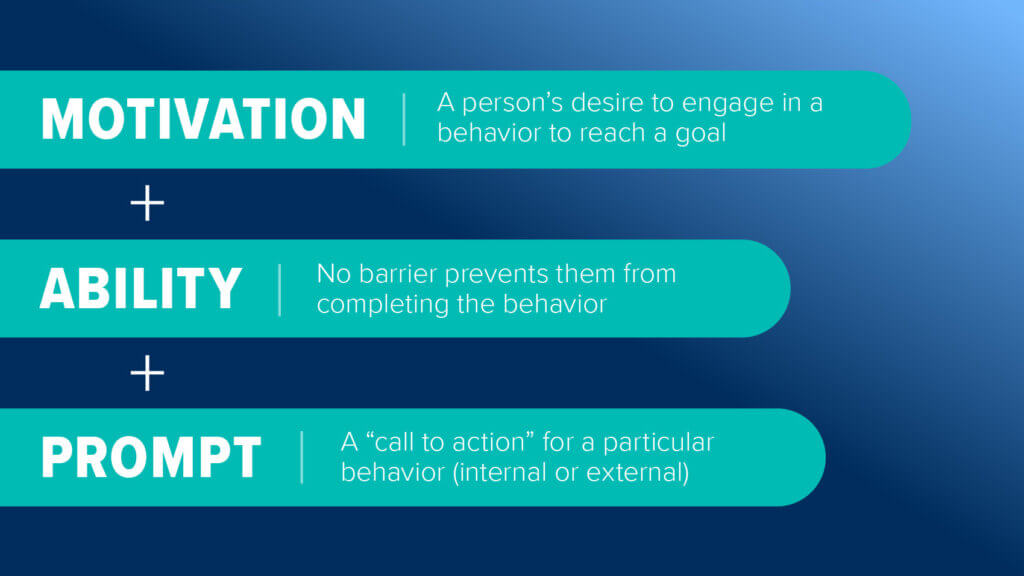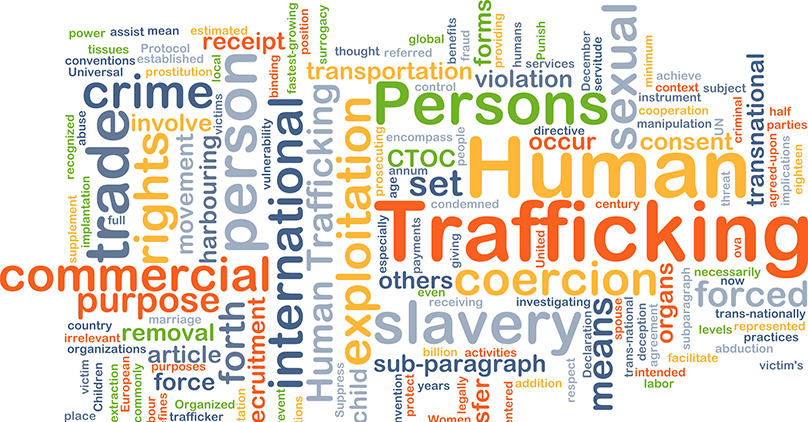
When you are looking to create lasting change in your business, The MAP framework can be your secret weapon to drive behavior. Developed by BJ Fogg, a professor at Stanford University, this comprehensive approach to effective behavior change focuses on Motivation, Ability, and Prompt. By understanding these three components, you can create an effective plan to drive the desired change.
Motivation alone is not enough for successful behavior change. People also need the ability to carry out the behavior and the prompt to remind them. The MAP framework recognizes this and emphasizes the importance of all three elements.
People respond to various types of motivation based on their roles and ability levels. They also encounter different prompts throughout the program, which influence their engagement.
Let’s take a closer look at each component of the MAP framework:

Motivation
This is about people’s willingness to do something simply because they want to or because they have a compelling reason to. It includes both internal incentives, such as personal satisfaction, and external incentives, like rewards or recognition. Organizations can create effective behavior change by combining motivation, ability, and prompts to address individual motivations and abilities.
Ability
Ability focuses on whether a person can successfully perform a task or behavior, both physically and mentally. It’s crucial to identify and address any barriers that may hinder someone’s ability to behave as desired. This can involve providing knowledge, training, support, feedback, tools, time, achievable targets, and mobile-friendly interactions. By considering ability and removing barriers, we increase the chances of successful behavior change.
Prompt
Prompts play a vital role in sparking action and encouraging desired behaviors. They can take various forms, such as emails, texts, reminders, limited-time offers, or notifications. Prompts inform individuals about what they need to do and encourage them to take action. By knowing the right prompts for different situations and customizing them, we can motivate people to act.
In Summary
In summary, the MAP framework is a powerful tool for driving behavior change. It emphasizes the importance of motivation, ability, and prompts in achieving desired outcomes. To increase success rates, you should consider motivations, address barriers, and use effective prompts when designing interventions. This behavior change framework has been successfully applied in various contexts, providing valuable insights into how people interact with their environment.
At Maritz, we leverage Behavioral Science to drive behaviors that lead to meaningful client outcomes. By embracing the principles of the MAP framework and our expertise in this field, we are committed to helping clients achieve their goals through effective behavior change.
Learn more about how to apply the MAP Framework to your business here.


